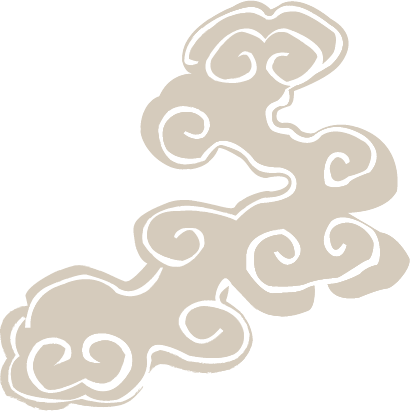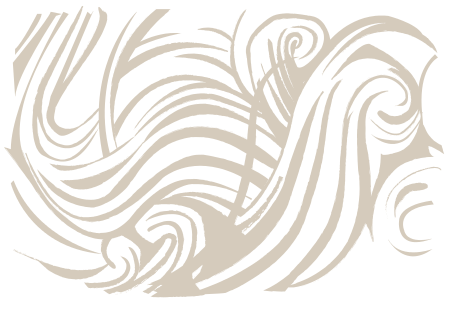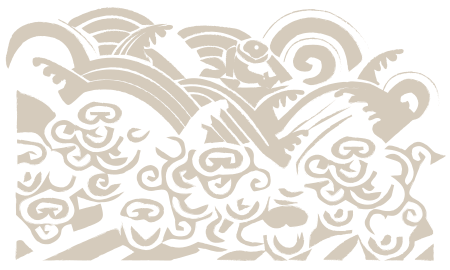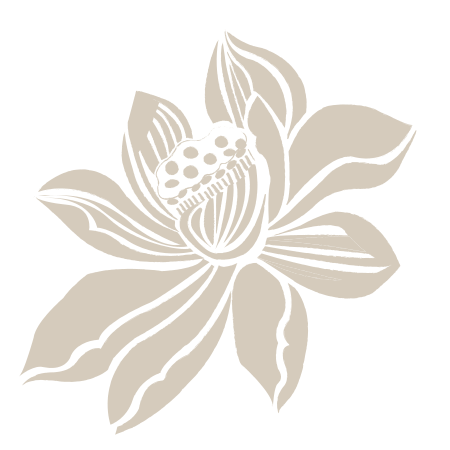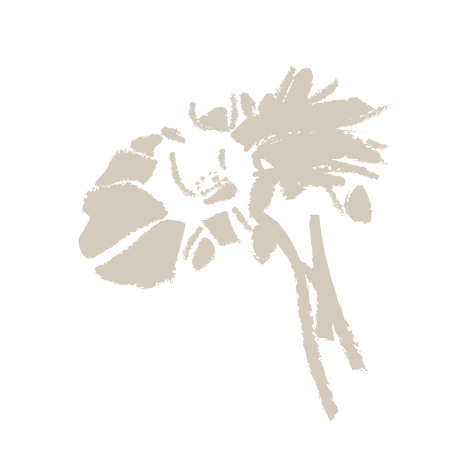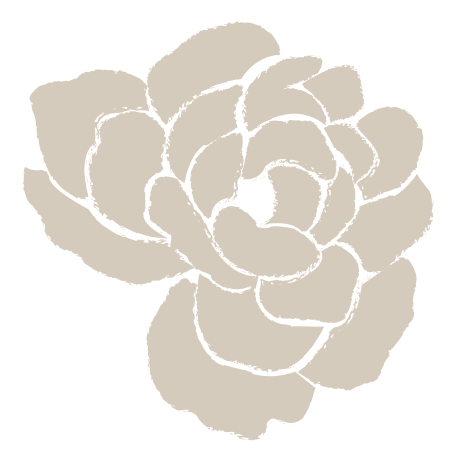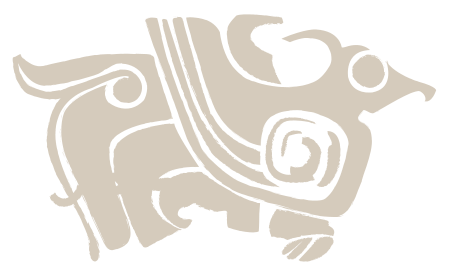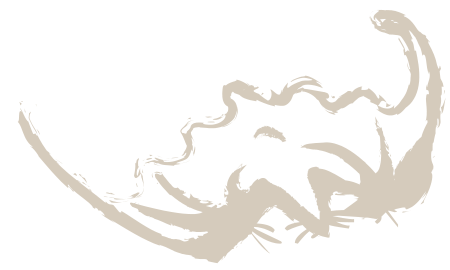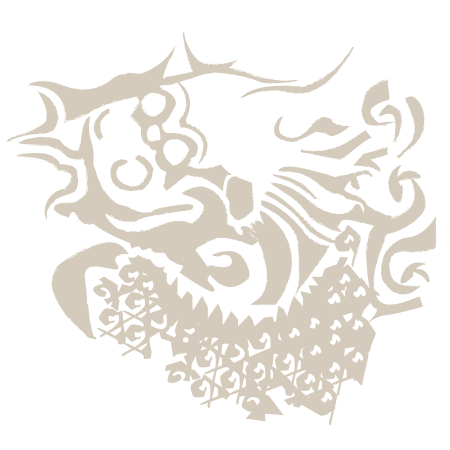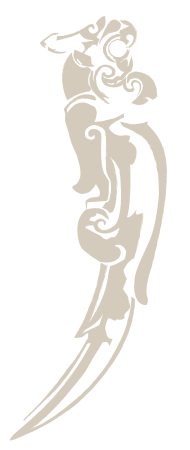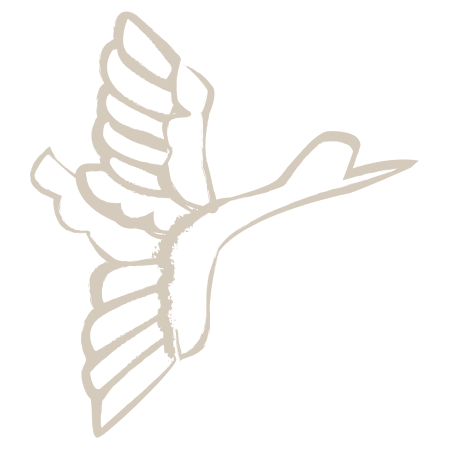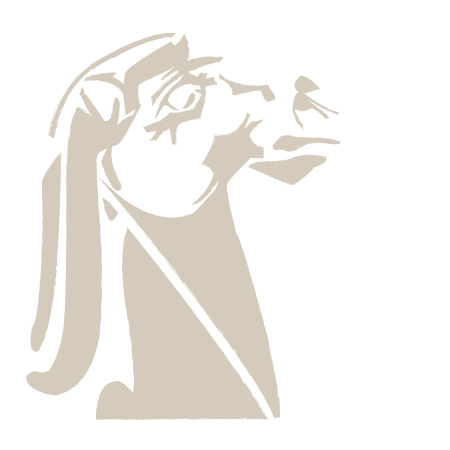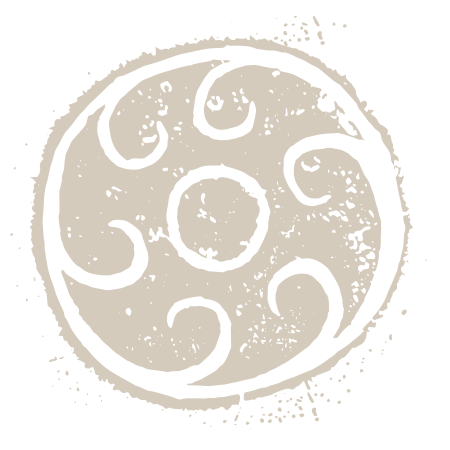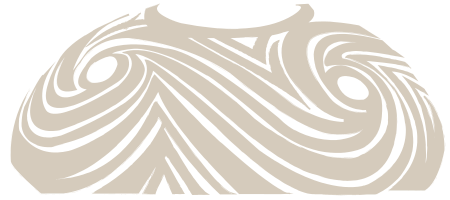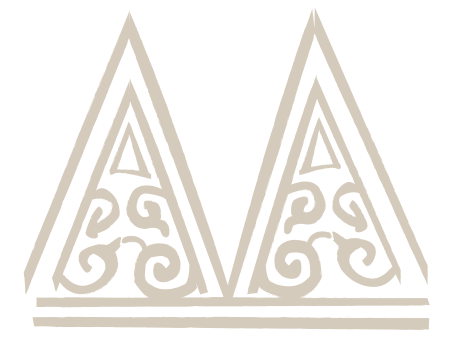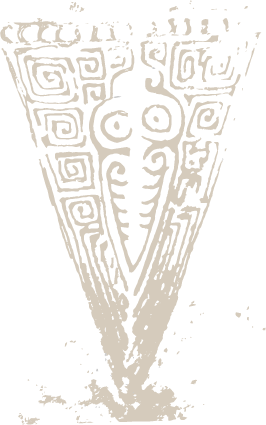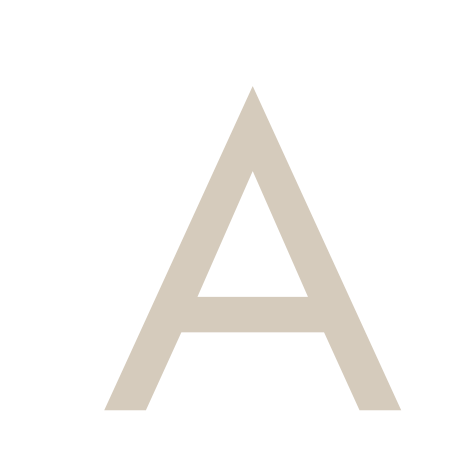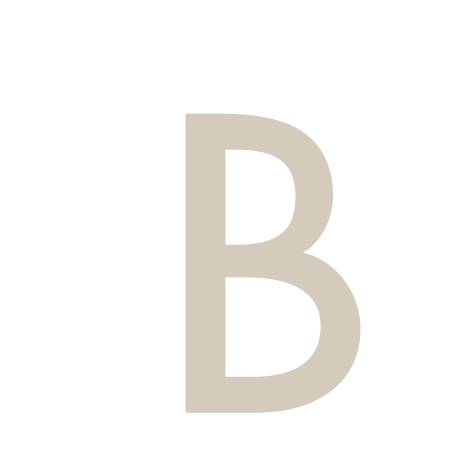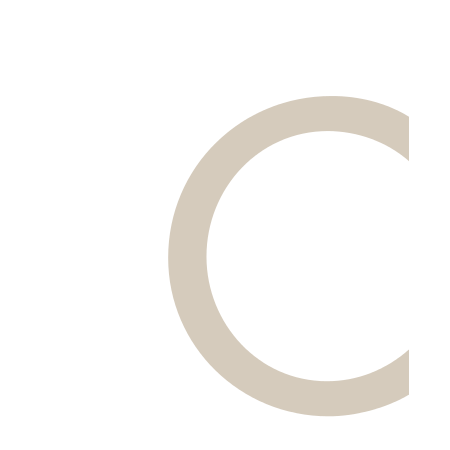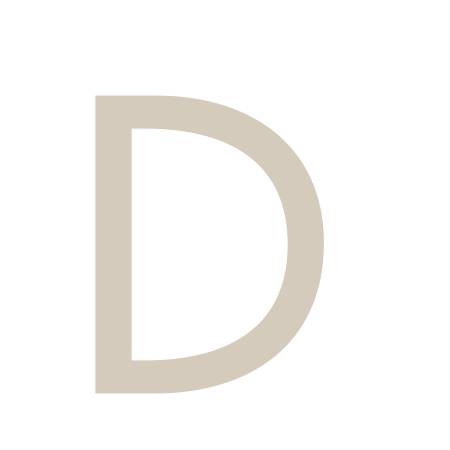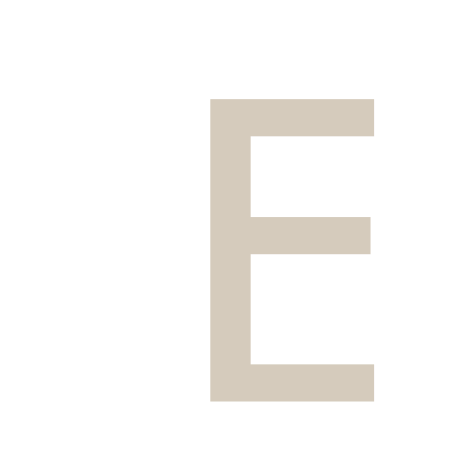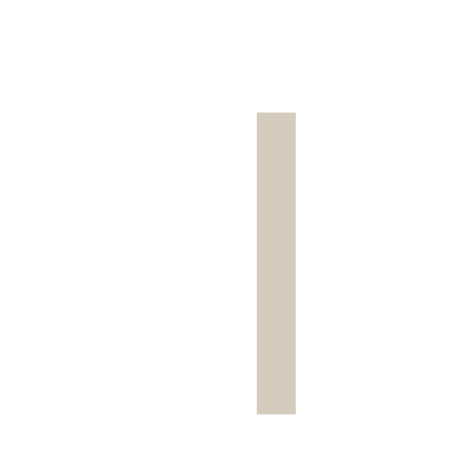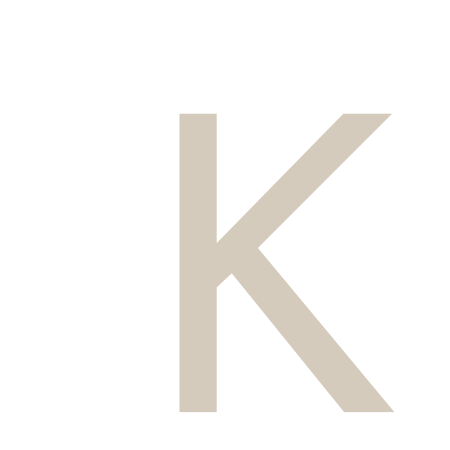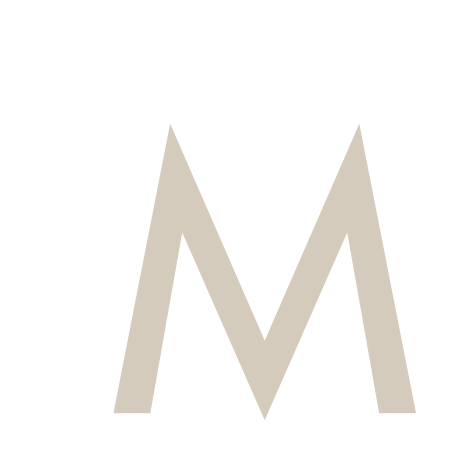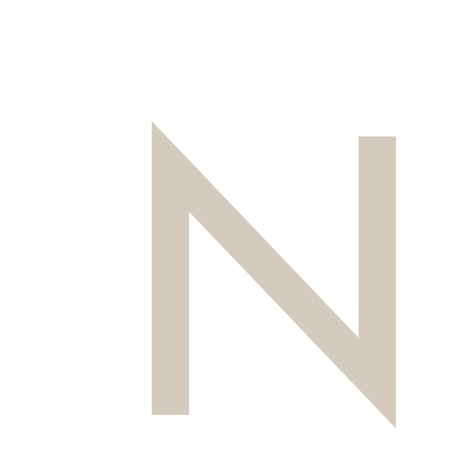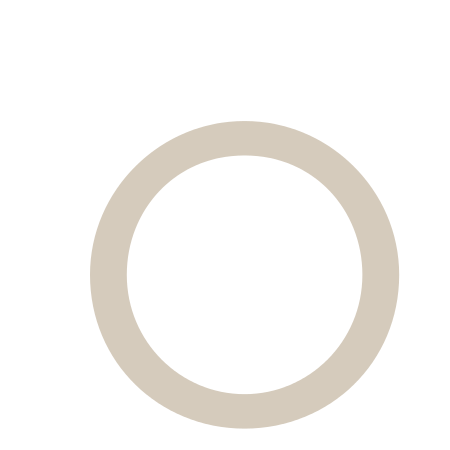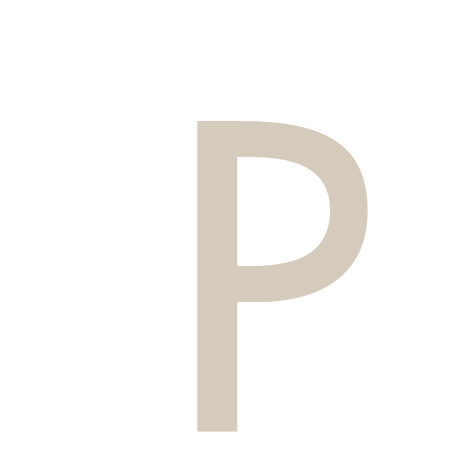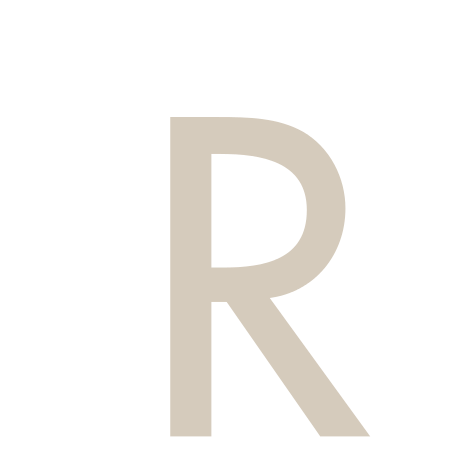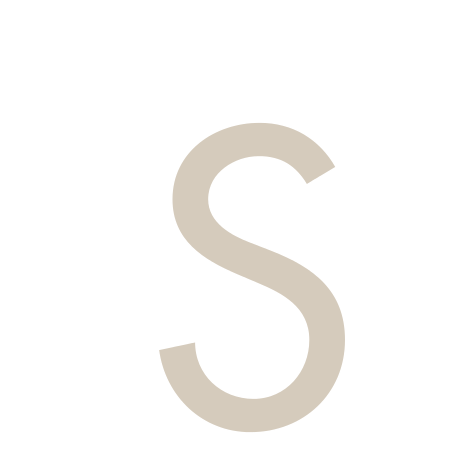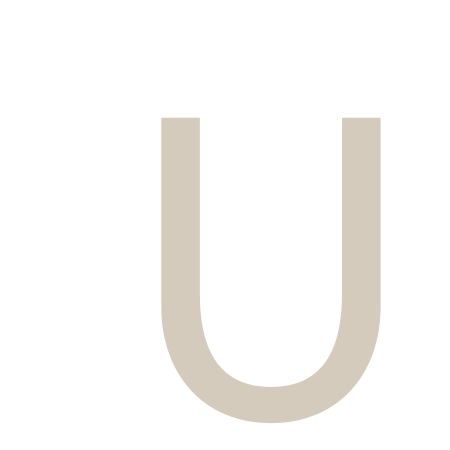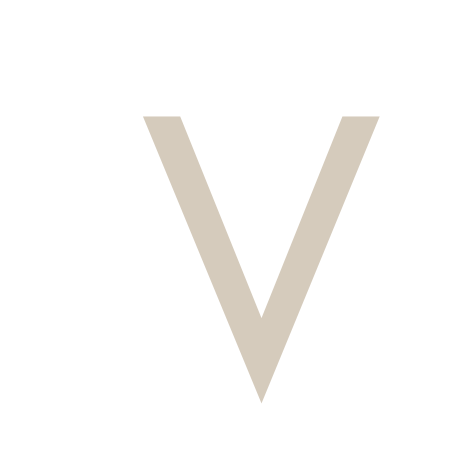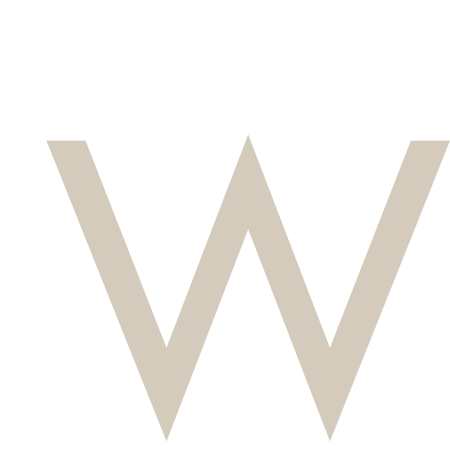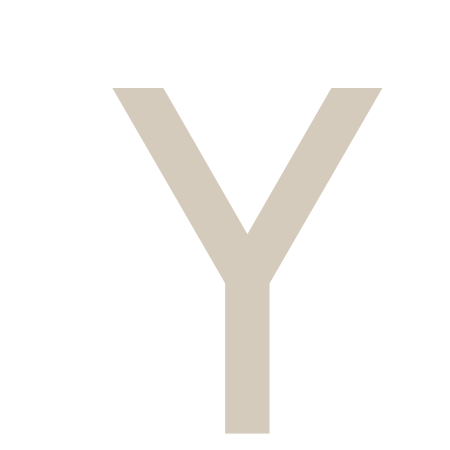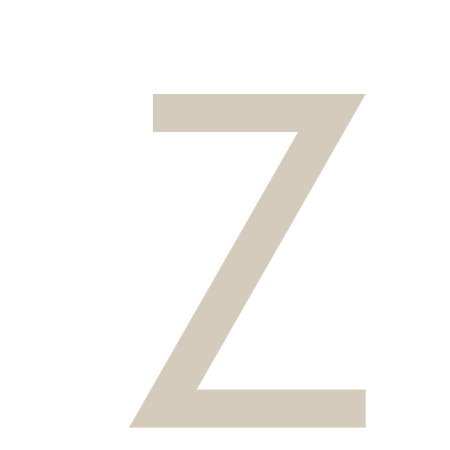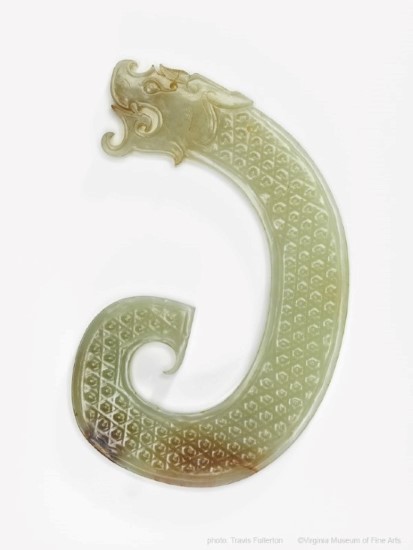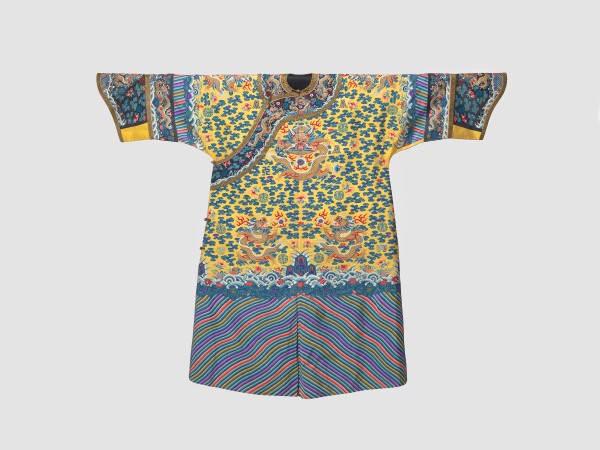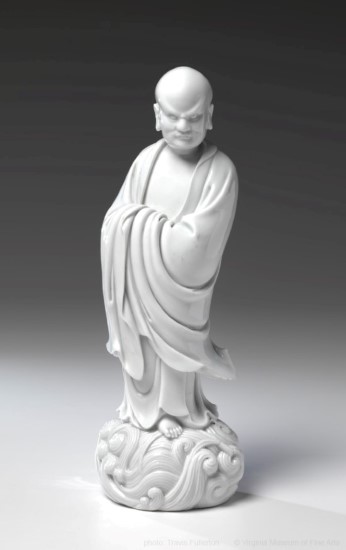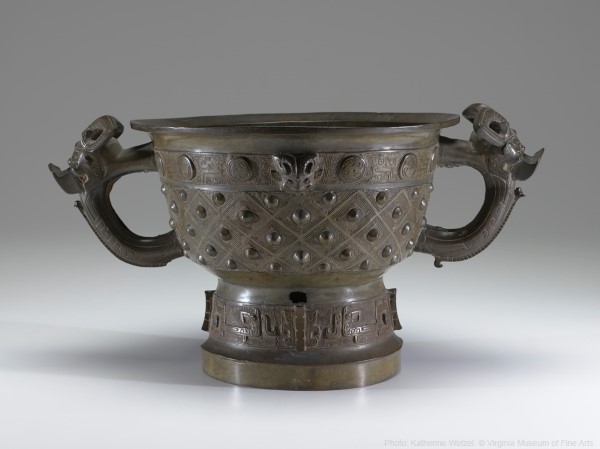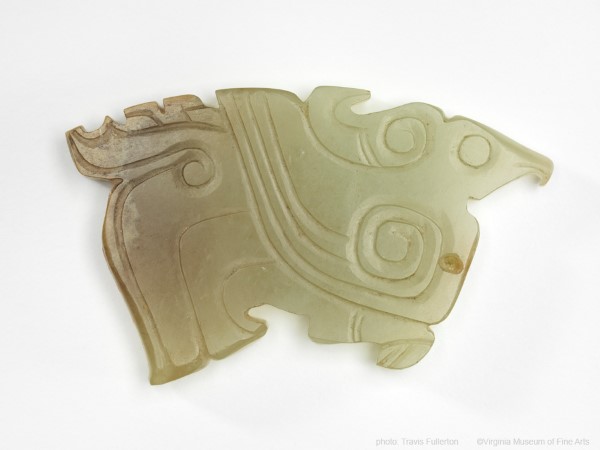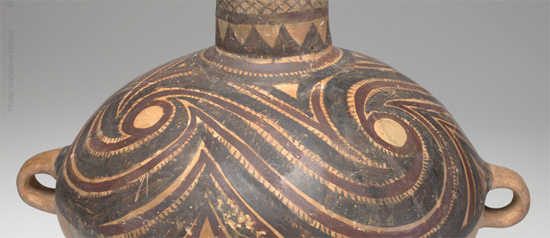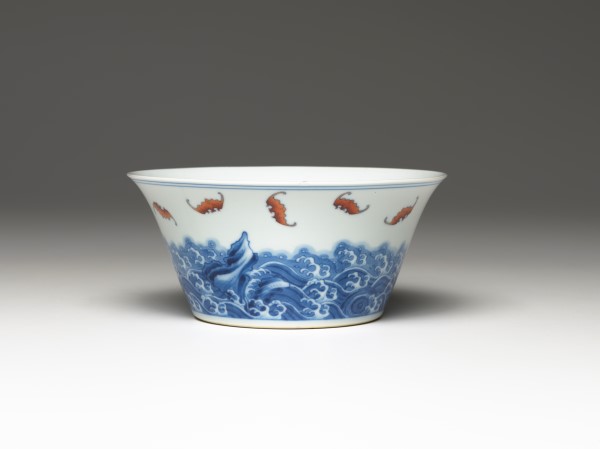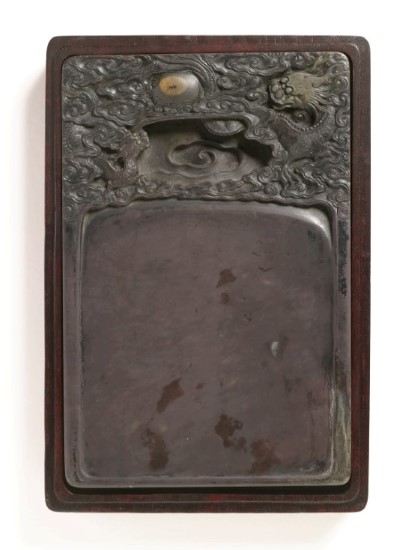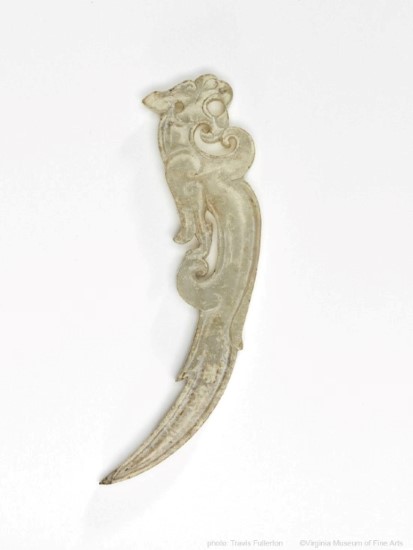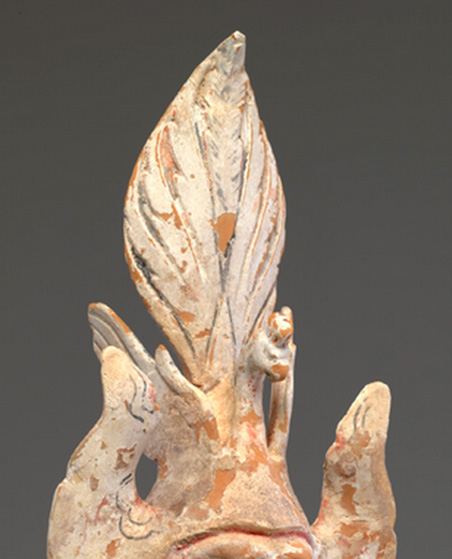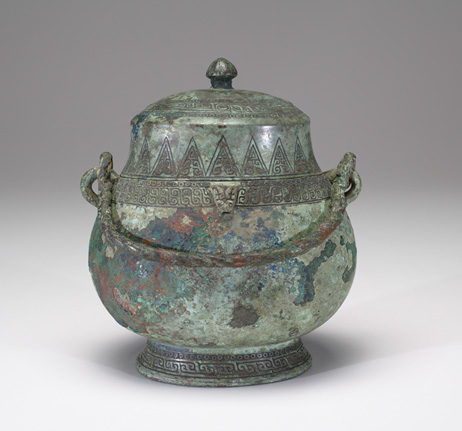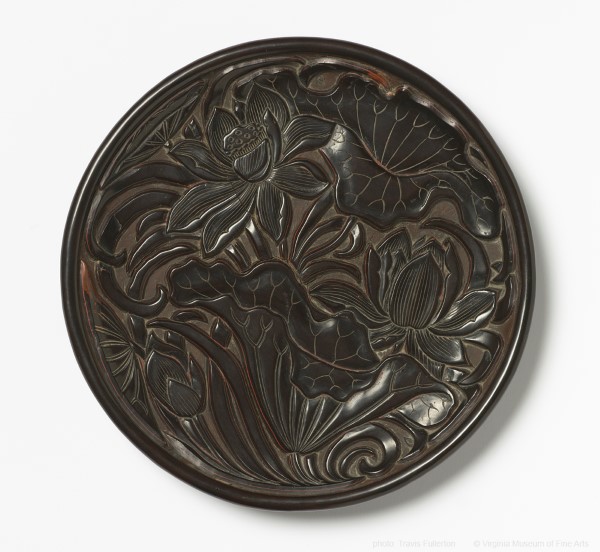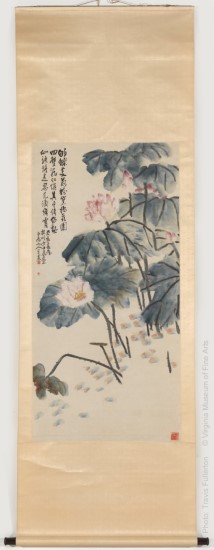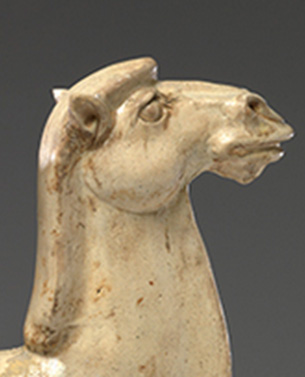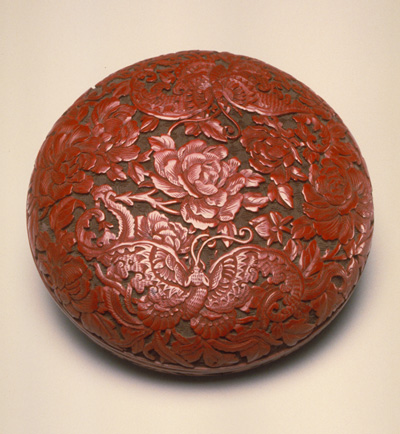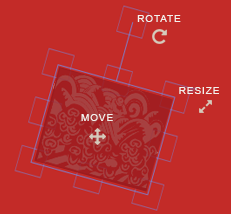Design it! Create A Seal
Traditionally made from precious stones, seals contain the names of artists, collectors, and their studios or even their favorite poetic phrase. Carved seals are used to stamp red paste onto Chinese paintings or calligraphy as a symbol of ownership or authorship.
What do you want to do today?
Learn! Chinese Seals

Seal, 19th-20th century
Chinese, Qing dynasty (1644-1911)
Pale green and brown jade, 1 5/8 x 1 3/4 x 1 3/4 in.
Gift of John C. Maxwell Jr. and Adrienne L. Maxwell, 2003.89
What is a Chinese Seal?
Chinese seals were used not only by artists and authors to sign art, letters, and official documents but also by art collectors to document works in their collections.
Seals demonstrated the collector’s taste and appreciation for art and left a powerful imprint, identifying the owner for future generations.
Learn! Chinese Seals
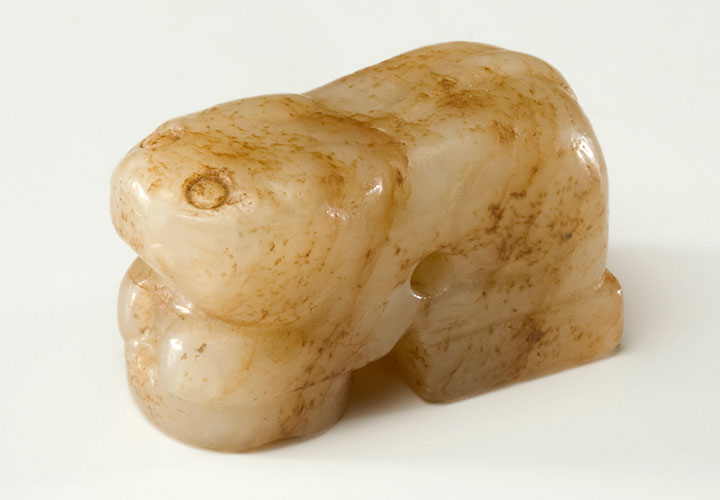
Double Seal in the Form of a Dog, 19th-20th century
Chinese, Qing dynasty (1644-1911)
Russet jade, 13/16 x 1 15/16 x 5/8 in.
Gift of John C. Maxwell Jr. and Adrienne L. Maxwell, 2003.85
The History of the Chinese Seal
Seals, which were made in a variety of shapes and sizes, often resembled mythological creatures, such as dragons, or animals. This seal is carved in the shape of a dog from VMFA’s collection.
Chinese seals can be made out of numerous materials, including stone, metal, wood, ivory, and bamboo. This seal is carved from jade, which is a precious material that has been highly valued in China for thousands of years.
Although this piece was made a relatively short time ago, jade objects have been found in Chinese burial sites dating as early as 5000 BC.
Learn! Chinese Seals
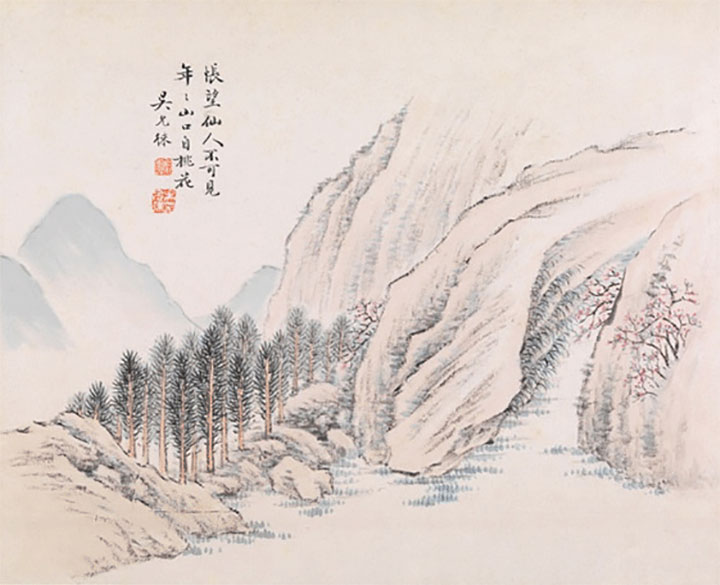
Peach Blossoms at Mountain Mouth
from Album of Twelve Landscape Paintings, late 19th century
Wu Yunlai, active late 19th century
Chinese, Qing dynasty (1644-1911)
Album; ink and color on paper, 11 3/8 x 13 7/8 in.
Gift of the Family of the Honorable and Mrs. Walter S. Robertson, 2005.55
Types of Seals: zhuwen and baiwen
Each page of Wu Yunlai’s Album of Twelve Landscape Paintings is stamped with two of the artist’s seals. The artist used two types of seals, zhuwen and baiwen, to sign his work.

Zhuwen seals leave an imprint of Chinese characters in red paste, as seen in the top seal. Baiwen seals print the inverse, leaving an imprint of the background in red paste, showing the characters in negative space (as in the bottom marking).
Which type of imprint do you prefer? You’ll have the opportunity to choose when you finish "carving" your personal seal.
Watch! Carving a Chinese Seal
In this video, a young man practices carving a stone seal to get a sense of how it feels to work with the material and a carving tool. Traditional Chinese seal carving, however, is an art form that takes many years of practice. Considered one of the essential skills for ancient Chinese scholars, seal carving requires a mastery of both the art of calligraphy and carving.
Design it! Create A Seal
Create your own seal and learn more about works of art in VMFA's collection. Choose from a selection of icons inspired by VMFA's collection of Chinese art. Then add your initials or monogram to your design, and "carve" and "stamp" your personal seal.
Step 1:
Choose Your Elements

Select from a menu of images, shapes and letters.
Step 2:
Carve Your Seal
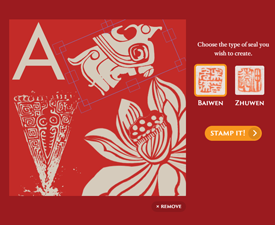
Move, resize and rotate your selections. Next, choose between the baiwen or zhuwen carving style.
Step 3:
Share It!
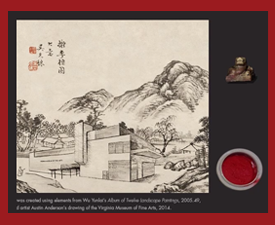
Watch your stamp print onto a Chinese landscape painting.
Select the artwork and imagery that inspire you the most.
Choose forms inspired by VMFA’s collection to design your personal seal.
